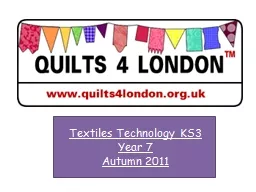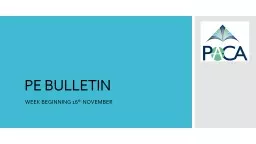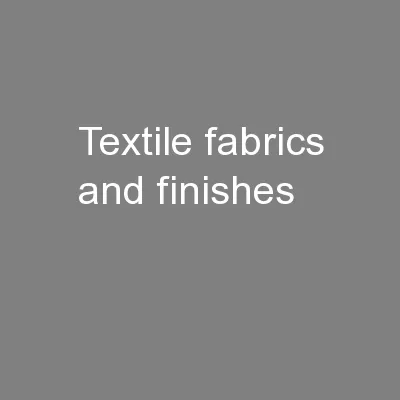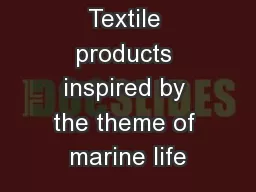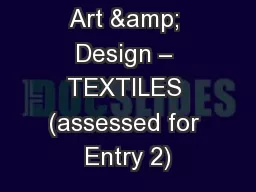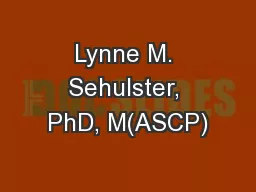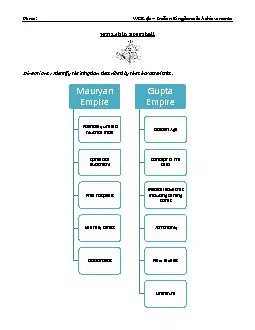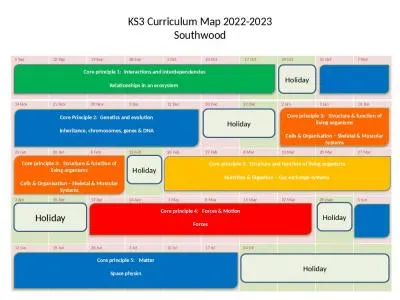PPT-Textiles Technology KS3
Author : yoshiko-marsland | Published Date : 2016-06-15
Year 7 Autumn 2011 Tuesday 20 th September Quilts 4 London Project Lesson Objectives Success Criteria Level 3 You write down who your design or product is for Target
Presentation Embed Code
Download Presentation
Download Presentation The PPT/PDF document "Textiles Technology KS3" is the property of its rightful owner. Permission is granted to download and print the materials on this website for personal, non-commercial use only, and to display it on your personal computer provided you do not modify the materials and that you retain all copyright notices contained in the materials. By downloading content from our website, you accept the terms of this agreement.
Textiles Technology KS3: Transcript
Download Rules Of Document
"Textiles Technology KS3"The content belongs to its owner. You may download and print it for personal use, without modification, and keep all copyright notices. By downloading, you agree to these terms.
Related Documents

